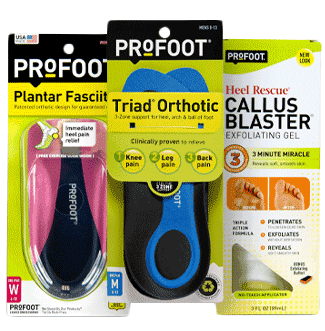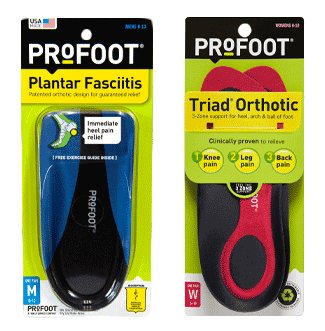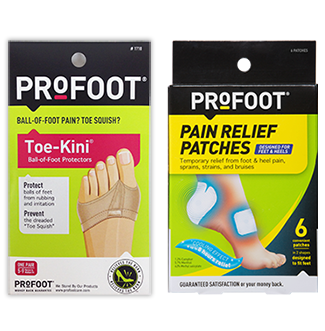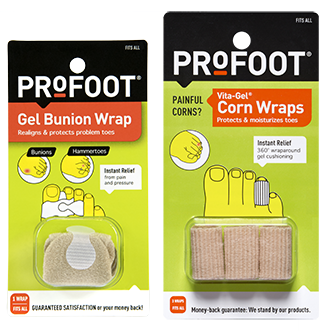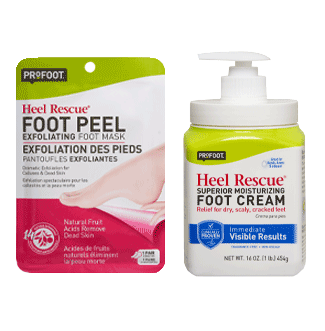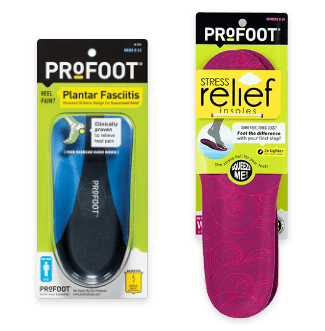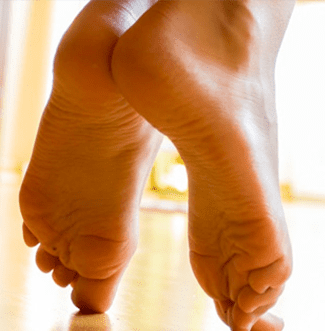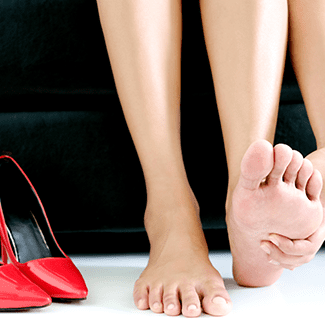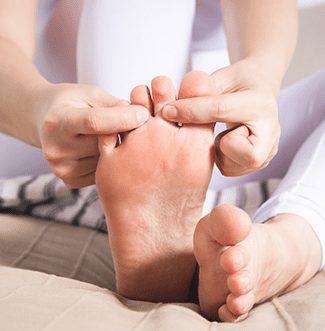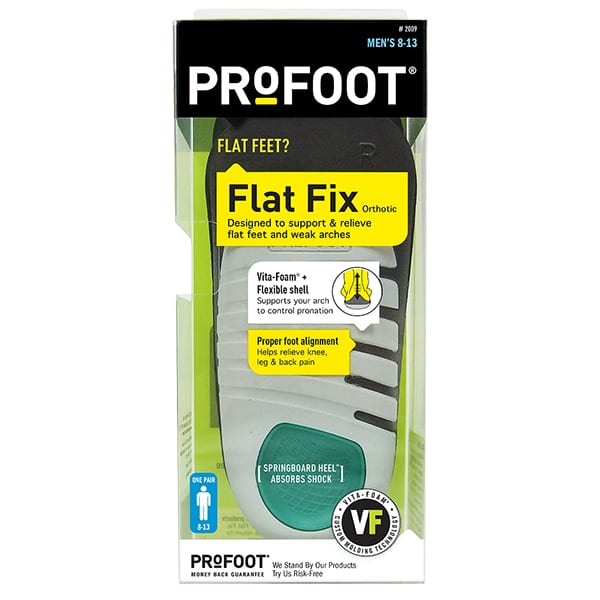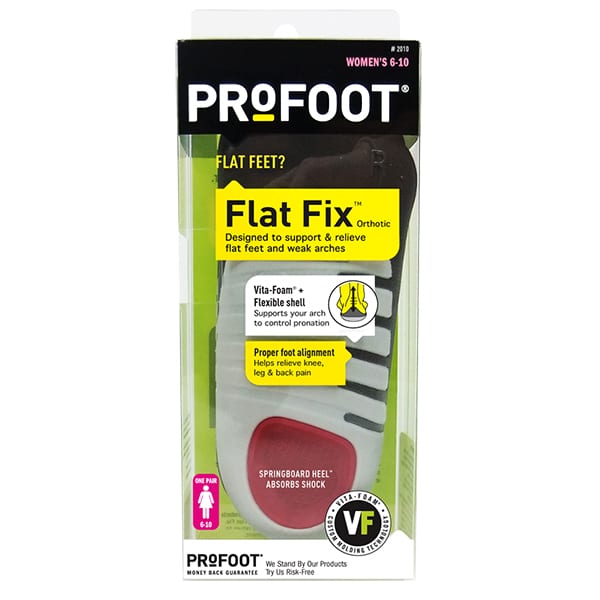Over Pronation
What is Over Pronation?
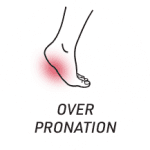
Inner side of the foot.
When you run, your foot experiences a normal inward rolling motion just after it hits the ground. Over pronation happens when the foot rolls too much or at a time it shouldn’t during the gait cycle. Too much weight is transferred to the inner side of the foot, thus forcing that inside edge to bear the load instead of the ball of the foot. The foot then attempts to achieve stability by compensating, which sets off a chain reaction of poor positioning throughout the leg. Insoles for over pronation can help correct this.
Under Pronation
By contrast, under pronation is when the foot does not flatten out as much as it should. The heel hits the ground on the outside edge, which does not allow enough pronation for proper shock absorption. Stress-related fractures and other injuries can follow.
Symptoms of Foot Pronation
You can easily see if you tend towards over pronation or under pronation. Examine the insides of your favorite running or other active shoes by putting shoes up on a flat surface. Look at them at eye level and if they are worn too much on the inside of the sole, you may experience over pronation. If there is extra wear on the outside of the sole, you may experience under pronation.
Footprints

Photo: Footprints on the beach
You can also look at the shape of the footprints you leave behind when your feet are wet. If you cannot see the distinct footprint shape of the heel, the outer strip of the foot, and the toes, you may have over pronation.
Over pronation orthotics can help correct your gait as well as cushion your foot. For those who walk on the outsides of their feet, under pronation insoles can play an important role in preventing bunions, hammertoes, stress fractures and other related injuries such as tendonitis and plantar fascitiis.
Choosing Insoles
What is over pronation? It is a treatable condition that doesn’t need to sideline you from your active life. Choose one of our quality insoles for pronation over medical orthotics; with the American Podiatric Medical Association’s seal of approval for the most reliable treatment of overpronation.
